Speaker wire plays a pivotal role in the audio quality of any sound system, yet it’s often overlooked. This guide will unravel the mysteries of speaker wire, explaining its function, advantages, and how to select and utilize it effectively. Whether you’re setting up a home theater or a simple stereo system, understanding speaker wire is key to achieving the best sound.
Table of Contents:
1. What is speaker wire?
2. How does speaker wire work?
3. Benefits and drawbacks of speaker wire
4. How to choose speaker wire
5. How to use speaker wire
What is speaker wire?
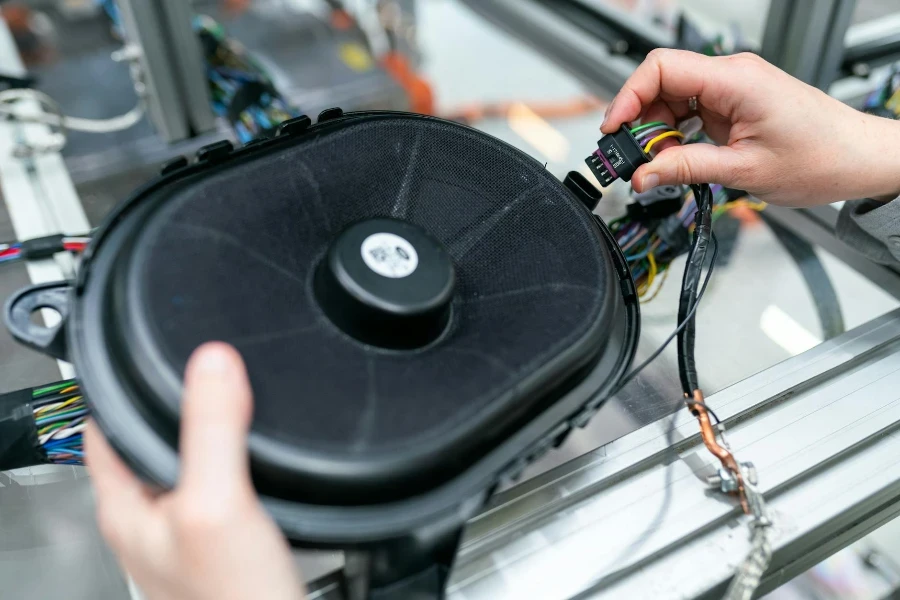
Speaker wire is the lifeline of any audio system, connecting amplifiers or receivers to speakers, allowing electrical signals to pass through and produce sound. It’s more than just a cable; it’s a critical component that can significantly affect sound quality. Typically, it consists of two insulated copper or aluminum conductors, with copper being the preferred material due to its superior conductivity and durability.
The gauge (thickness) of the wire is a crucial aspect, with lower numbers indicating thicker wires. Thicker wires can carry more current and are preferred for longer distances to minimize signal loss. The insulation material also plays a role in protecting the wire from physical damage and electromagnetic interference, ensuring a clean signal transmission.
Understanding the basic construction and characteristics of speaker wire is essential for any audio enthusiast. It’s not just about connecting components; it’s about ensuring the integrity of the audio signal from source to speaker, affecting everything from clarity to the depth of sound.
How does speaker wire work?
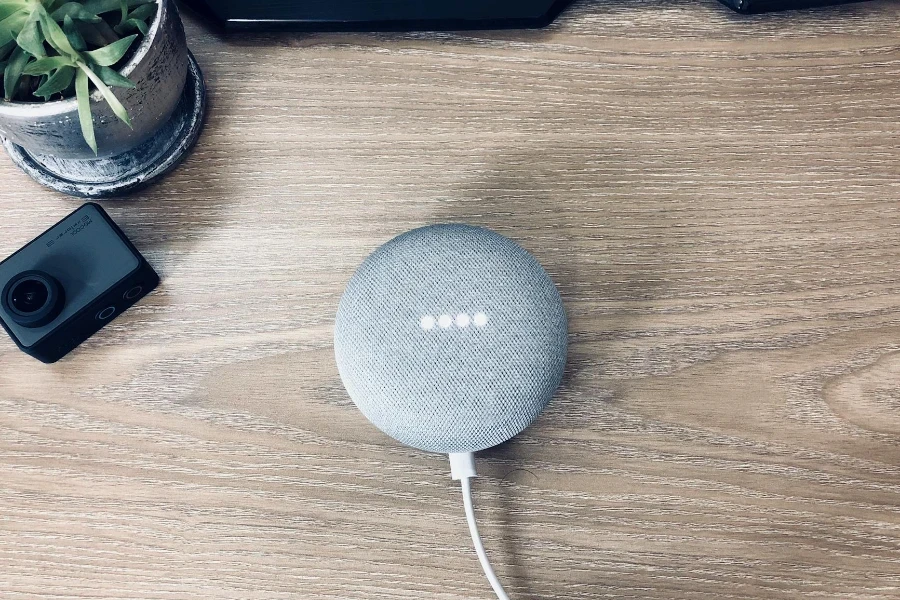
Speaker wire functions as a bridge for audio signals, transferring the electrical impulses from an amplifier to speakers. The core principle is simple: as the amplifier generates an audio signal, the speaker wire carries this signal to the speakers, where it’s then converted into sound waves we can hear. The efficiency and quality of this signal transmission are influenced by the wire’s materials, gauge, and length.
The electrical resistance of the wire is a critical factor. Lower resistance means more efficient signal transmission, especially important for longer distances. This is why thicker wires (lower gauge numbers) are recommended for longer runs, as they have less resistance than thinner wires. Resistance can degrade the signal, leading to a loss of fidelity and a weaker sound.
Additionally, the wire’s capacitance and inductance can affect sound quality by altering the signal in subtle ways, especially at high frequencies. High-quality speaker wire is designed to minimize these effects, ensuring that the signal that reaches the speakers is as close to the original as possible. This ensures a clearer, more accurate sound reproduction.
Benefits and drawbacks of speaker wire
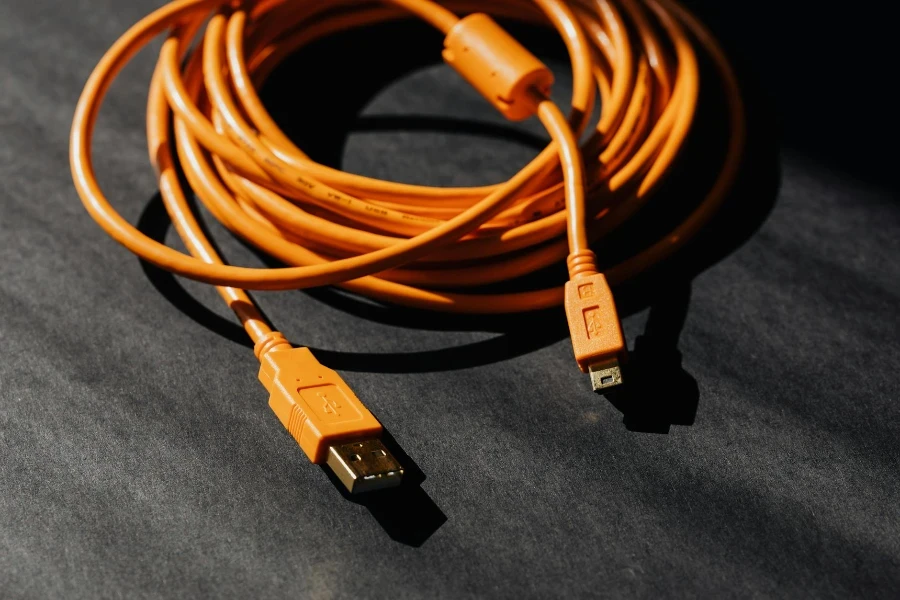
Speaker wire offers several benefits, including improved sound quality, flexibility in speaker placement, and the ability to customize your audio system to your preferences. High-quality speaker wire can reduce signal loss and interference, resulting in clearer, more dynamic sound. This is particularly noticeable in systems with high-quality components, where nuances in audio can be more easily discerned.
However, there are also drawbacks to consider. High-quality speaker wire can be expensive, especially for larger setups requiring long lengths of cable. Additionally, the differences in sound quality between mid-range and high-end speaker wires can be subtle and may not justify the cost for casual listeners. Installation can also be more complex, requiring careful consideration of wire gauge, length, and routing to avoid interference and achieve optimal sound.
Another consideration is the aesthetic impact. Speaker wires can be obtrusive and difficult to hide, especially in minimalist or well-designed spaces. This has led to the development of alternative solutions, such as wireless speakers, though these may not always match the sound quality achievable with a well-setup wired system.
How to choose speaker wire
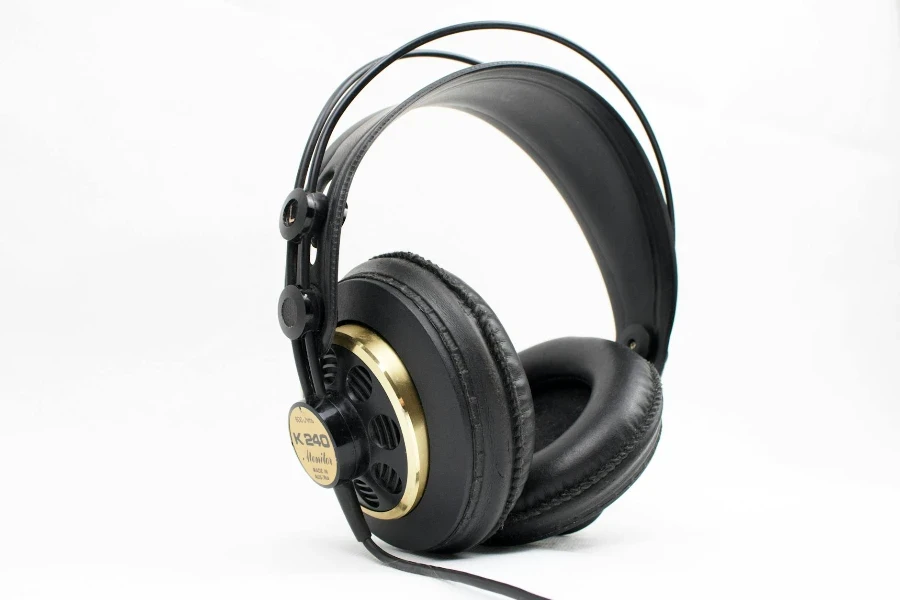
Choosing the right speaker wire involves considering several factors, including length, gauge, material, and insulation. The length of wire needed depends on the distance between your amplifier and speakers. It’s always better to have a bit extra than to stretch the wire too tightly, as this can affect performance.
The gauge of the wire is crucial; the longer the wire run, the thicker the wire should be to prevent signal loss. A good rule of thumb is to use 16-gauge wire for distances up to 20 feet, 14-gauge for up to 40 feet, and 12-gauge for up to 60 feet. For very long runs or high-power applications, 10-gauge wire may be necessary.
Material is another important consideration. Copper is the most common conductor material due to its excellent conductivity and durability. Some wires are silver-plated, which can provide a slight improvement in high-frequency transmission but at a higher cost. Insulation is also key, as it protects the wire from damage and minimizes interference from other electronic devices.
How to use speaker wire
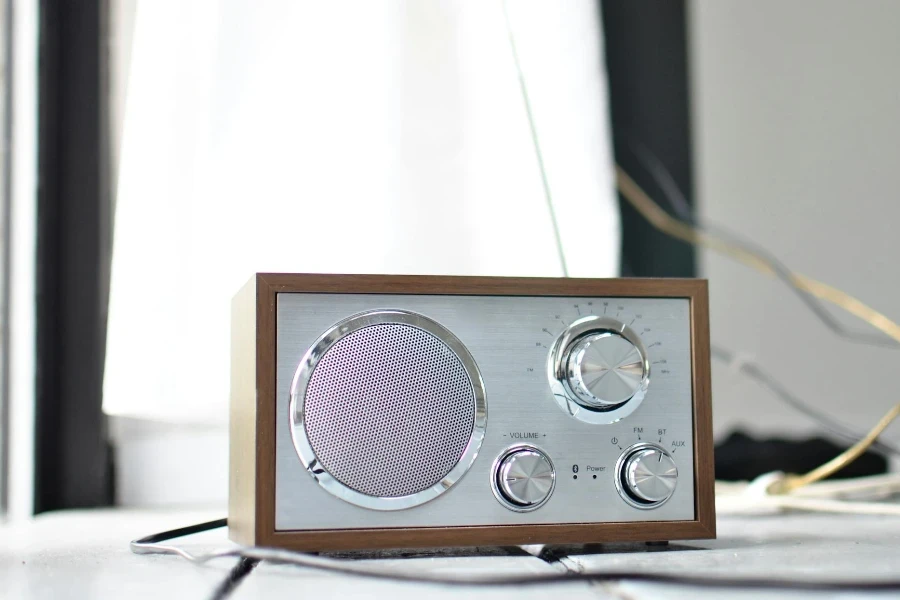
Using speaker wire effectively requires careful planning and installation. Begin by measuring the distance between your amplifier and speakers to determine the length of wire needed. It’s advisable to add a little extra length to accommodate any unforeseen changes in setup.
When connecting the wire, ensure that the polarity is consistent at both ends—most speaker wires have markings to distinguish the two conductors. Inconsistent polarity can lead to phase issues, negatively affecting sound quality. Stripping the ends of the wire and making a clean, secure connection to the terminals is crucial for optimal signal transmission.
Routing the wire can also impact performance and aesthetics. Avoid running speaker wire parallel to power cables to minimize electromagnetic interference. Consider using cable management solutions to keep wires tidy and out of sight, especially in living spaces.
Conclusion:
Speaker wire is a fundamental component of any audio system, affecting everything from sound quality to speaker placement. By understanding how it works and the factors involved in choosing and using it, you can significantly enhance your listening experience. Whether you’re a dedicated audiophile or a casual listener, investing time and effort in selecting the right speaker wire can pay dividends in the quality of sound your system produces.



